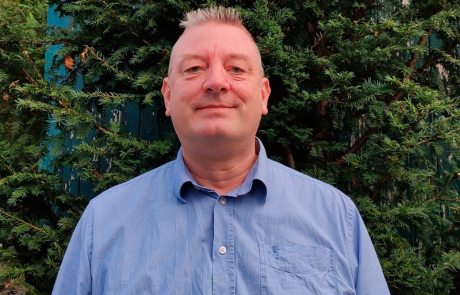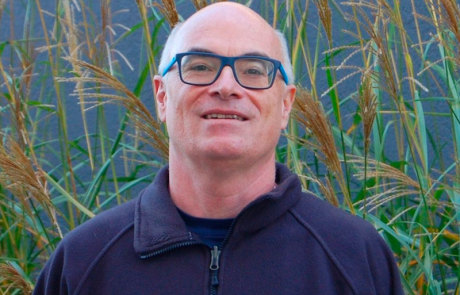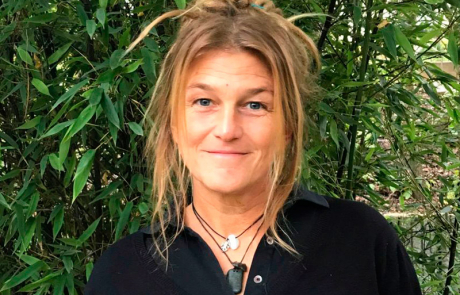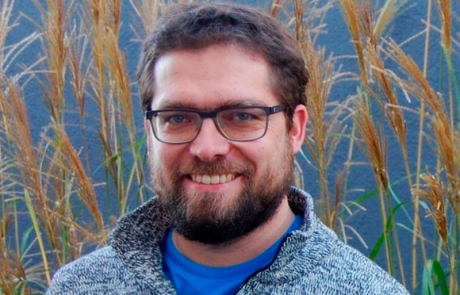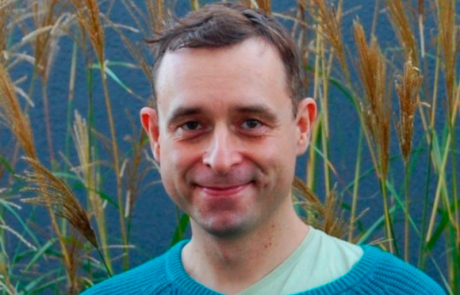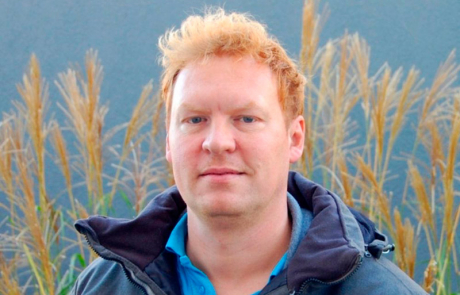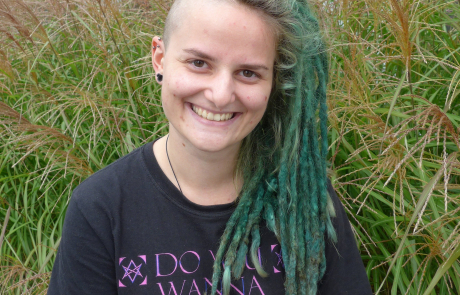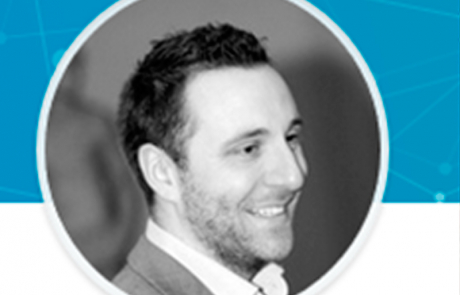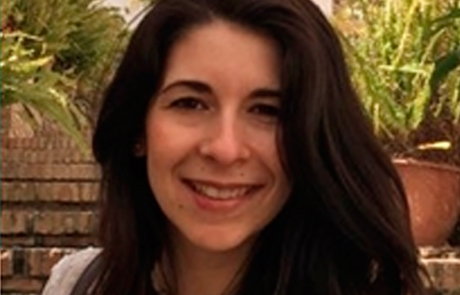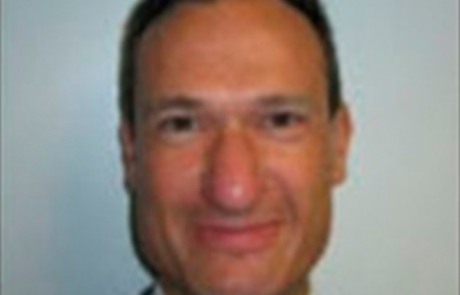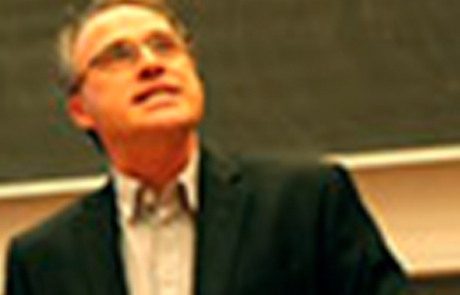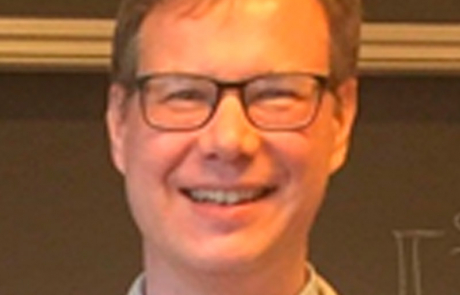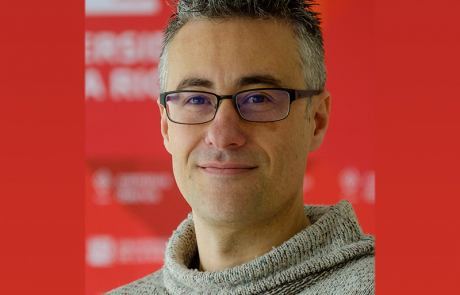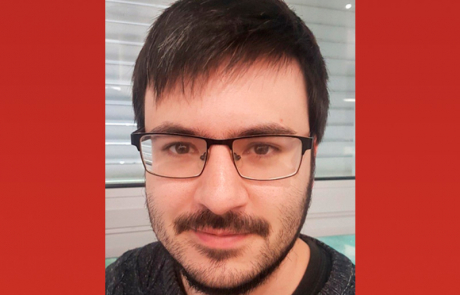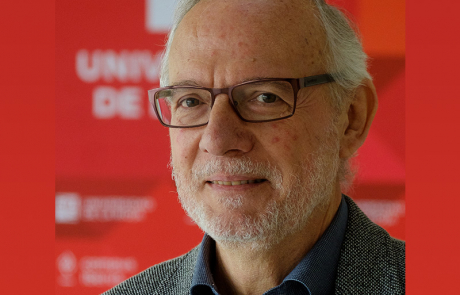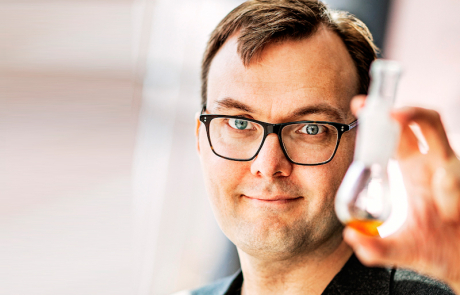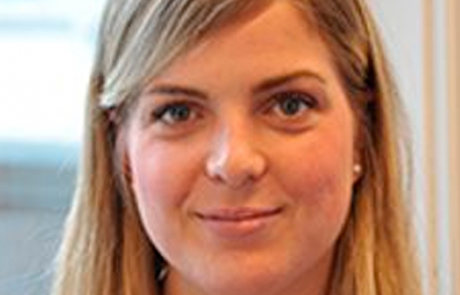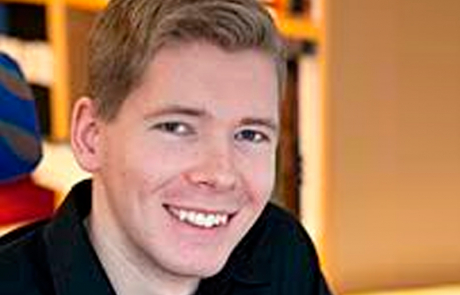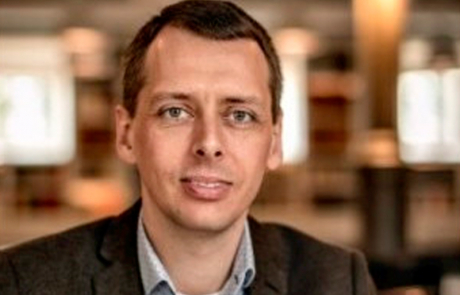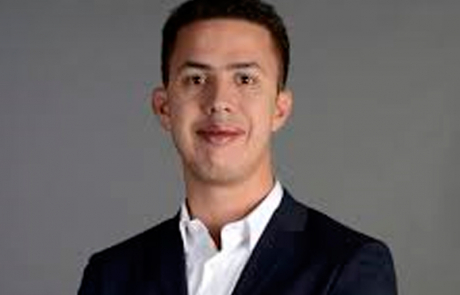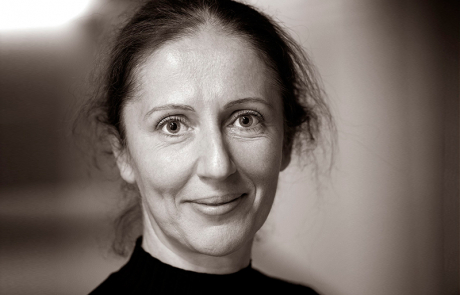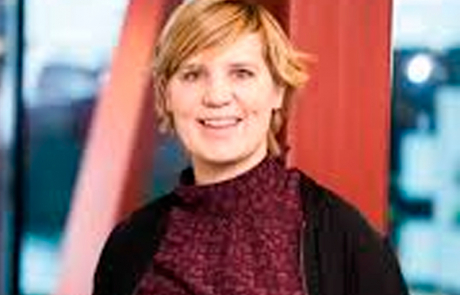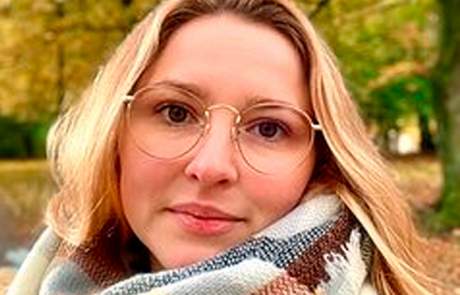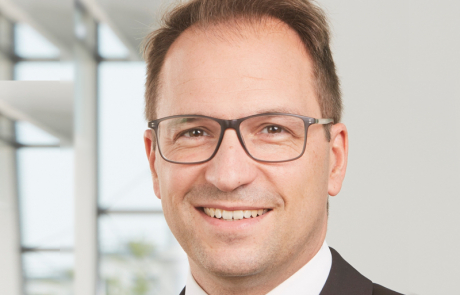CAE
Since it was founded in 1991, ZAE Bayern has been conducting research in its central areas of competence, namely renewable energies, energy storage and energy efficiency. Since 2023, the activities of the ZAE division in Würzburg are continued independently and seamlessly at the Center for Applied Energy Research (CAE).
One of the main focuses is the development of energy-optimized buildings, as this is where the greatest potential for energy savings can be realized. This focus has been part of the research activities of the interdisciplinary MOST core team at CAE, consisting of Ronny Kastner, Sven Hippeli, Dr. Werner Körner, Dr. Michaela Reim, Dr. Bastian Büttner and Stephan Weismann, for many years.
In addition to the development of innovative collectors, the team also performs research concerning
• The development, characterisation and modelling of innovative functional materials, components and systems,
• Comprehensively networked energetic building expertise in the field of building envelopes and building technology,
• Thermal insulation and storage technologies,
• Development and characterization of innovative glazings,
• Innovative energy concepts for buildings & neighbourhoods,
• Complex monitoring projects,
• Life Cycle Analyses (LCA),
• Multifunctional building envelope (e.g. building integrated PV, switchable thermal insulation, phace change materials),
• Building greening.
Johnson Matthey
Johnson Matthey’s participation in this project will be through the Johnson Matthey Technology Centre (JMTC) based at Sonning Common in the UK. These facilities act as a focal point for the development of new technologies into emerging market applications.
Johnson Matthey (JM) is a UK based speciality chemicals company focused on its core skills in catalysis, precious metals, fine chemicals and process technology. The company employs around 13,000 people worldwide located in over 30 countries.
Johnson Matthey’s (JM) principal activities are the manufacture of autocatalysts, heavy duty diesel catalysts and pollution control systems, catalysts and components for fuel cells, catalysts and technologies for chemical processes, fine chemicals, chemical catalysts and active pharmaceutical ingredients and the marketing, refining, and fabrication of precious metals. Johnson Matthey’s closely collaborates with the Technology Centre in Reading, UK. This central facility acts as a focal point for the development of new technologies into emerging market applications. At this site, there are established facilities for the preparation, characterization and testing of catalysts, as well as access to state-of-the art analytical and electron optic equipment.
University of Copenhagen
The University of Copenhagen team is headed by Prof. Kurt V. Mikkelsen and Prof. Mogens Brøndsted Nielsen. One focus area is computational studies and detailed theoretical modeling on photoisomerizations and thermal back-conversions of photochromic molecules in vacuum, in solution and on nanoparticles. Another focus of the team is experimental studies on light absorption, photoisomerizations, and potential degradation pathways of the MOST systems.
University of La Rioja
The Organic Photochemistry Group at the University of La Rioja has a wide experience in the design, control and study of photochemical reactions. Photoprotection, molecular photoswitches, photophysics and photochemistry are some our topics of interest. We face our research through a combination of experimental photochemistry and photophysical analyses guided by computational modelling (DFT and CASSCF) to speed up the discovery of new synthetic methodologies, sunscreens and solar-thermal energy storage materials. In this European funded MOST project, our contribution is focused in the catalytic release of the sunlight energy that has been stored in MOST materials. Furthermore, we coordinate the communication and dissemination activities of this ambitious project.
The Team Rioja is leaded by Dr. Diego Sampedro and it is also formed by Prof. Pedro J. Campos, Dr. Ignacio Funes-Ardoiz and PhD and undergraduate students.
Chalmers
The Chalmers team contributes to the MOST project though 3 different actions. I) Project management and IP monitoring II) Systems Modelling and Testing and III) Materials Synthesis.
The Building Physics Modelling group lead by prof. Angela Sasic Kalagasidis works with numerical modeling and simulations. The goal is to create powerful and reliable computational tools of the thermal energy conversion systems in the project, with a focus on real-life applications.
The nanomaterials chemistry group lead by prof. Kasper Moth-Poulsen works with the synthesis of active materials for the MOST project, further, the group will contribute to the assembly and testing of the final devices in the project. Kasper Moth-Poulsen, together with Chalmers grants office (Susanne Ingmansson), Chalmers Innovation office (Peter Deakin) and Chalmers Industriteknik (Camilla Johansson) are coordinating the project and contributing to the IP and innovation aspects of the project.
Fraunhofer
The Fraunhofer Institute for Solar Energy Systems ISE creates the technological foundations for supplying energy efficiently and on an environmentally sound basis in industrialized, threshold and developing countries. With its research focusing on energy conversion, energy efficiency, energy distribution and energy storage, it contributes to the broad application of new technology. Fraunhofer ISE develops materials, components, systems, and processes. FH will be responsible for layout, design, and construction of heat exchanger for use in the MOST systems and integration of heat sources, sinks and design of fluid circuit, heat release device simulations and heat and hybrid heat generation system.


